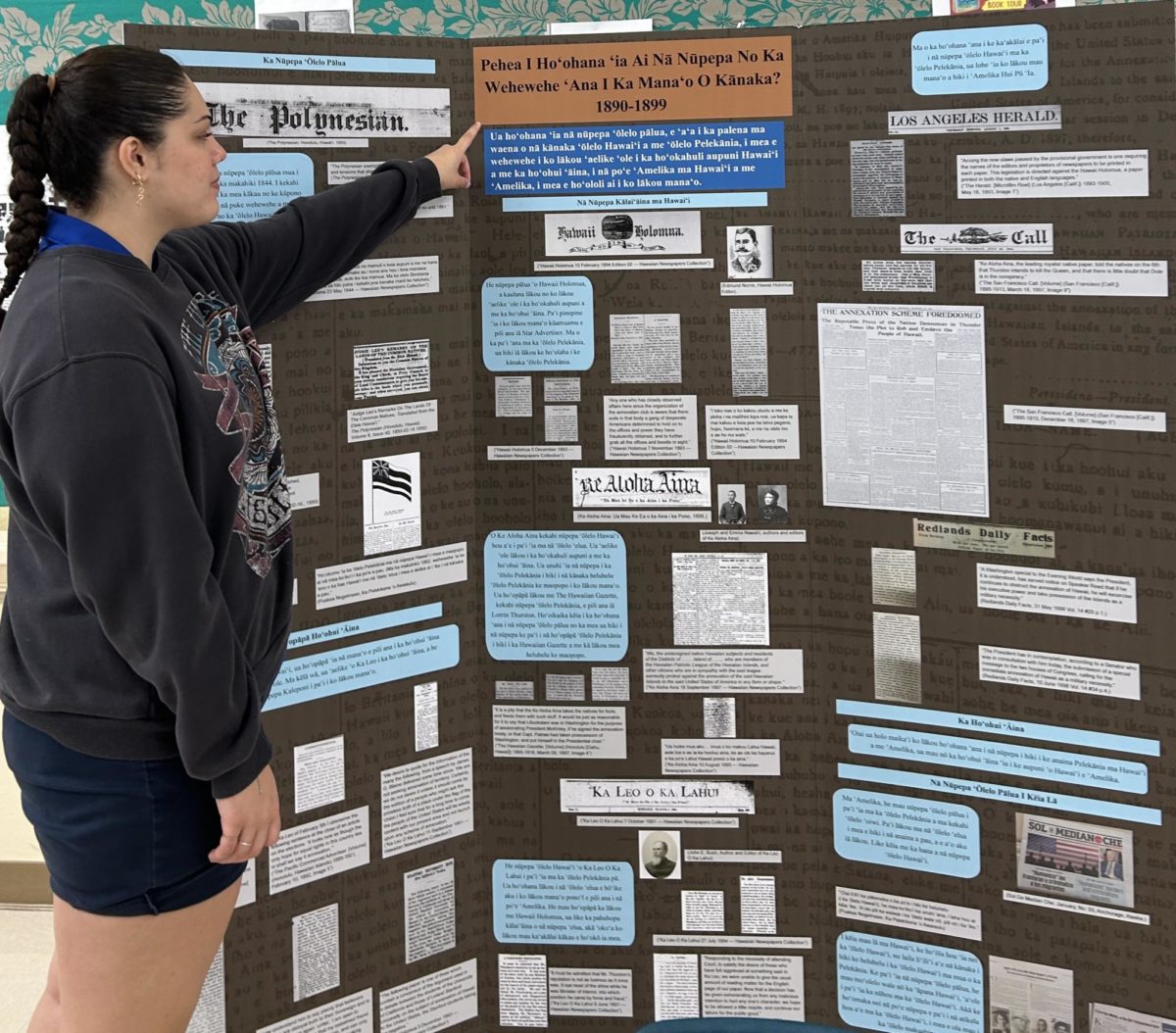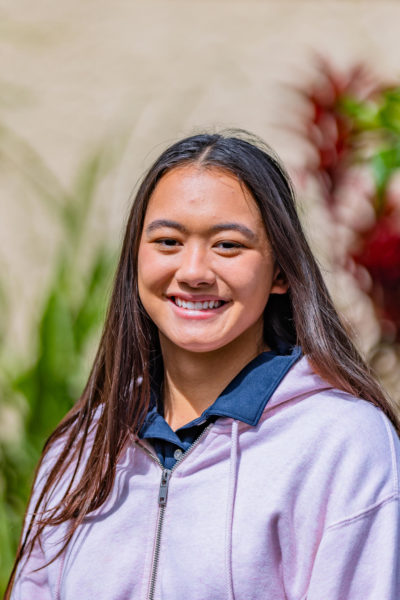ʻŌlelo Hawaiʻi in the nation’s capital- not something one would not expect to hear. That is, until this summer, when the first native Hawaiian delegation made a trip to Washington, D.C. Kaʻieʻiea Naboa-Cordy, fondly known by friends as Kaʻie, made this vision into a reality. Kaʻie was one of the six Hawaiʻi students who presented their Hawaiian historical research projects at National History Day, an annual project-based competition encouraging students to examine historical topics from any period. For the very first time, a Hawaiian language revitalization showcase came to National History Day. Her representation of Native Hawaiians on a national stage was colossal.
The coup that overthrew Queen Liliʻuokalani hastened the decline of primary ʻōlelo
Hawaiʻi speakers, virtually extinguishing the practice of speaking Hawaiian with that generation. It would remain a critically endangered language, even to this day. After years of erased history and silenced kanaka maoli, it is more vital than ever to share buried stories and denounce the colonization that has rendered our tongue.
Half a year’s work was put towards this ambition in Kaʻie’s project, Nā Nupepā ʻŌlelo Hawaiʻi 1890-1899. Within the competition’s theme, “Turning Points in History,” Kaʻie designed a project that would analyze bilingual newspapers in late 19th century Hawai’i. To guarantee that the Native Hawaiian perspective reached a broad audience during the overthrow period, publications needed to be produced in both ʻōlelo Hawaiʻi and English. After working on a subject for which she “just wasn’t feeling the passion,” switching topics, and being submerged in articles on top of articles, the weeks upon weeks of meticulous study were well worth it. Her project did exceptionally well, earning Kaʻie state titles and granting her entrance to a regional platform.
When discussing her motivation for her project, Kaʻie shared her upbringing. For seven years of her life, Kaʻie articulated, embodied, and embraced her Hawaiian identity at Ke Kula Kaiapuni ʻo Waiau, a Hawaiian immersion school. Once transitioned from the school, she would never do anything entirely in Hawaiian- even in her Hawaiian language classes at Kamehameha. This remained the case until her project. Not only was every aspect of her project created in Hawaiian, but she also spent a handful of days speaking solely Hawaiian with a group of other fluent haumāna. Along with her peers, she collaborated closely with Hawaiian language kumu, such as Melelani Pang, and Mrs. Sarah Razee, an esteemed social studies educator.
Kaʻie reminisced on her summer, “Speaking Hawaiian with them was great!” It was a refreshing change for the young woman. The opportunity to speak Hawaiian with others does not come as often as it may seem. “I donʻt have anyone at home to speak to,” Kaʻie commented.
Her education was not the sole source of her inspiration for her project. In fact, she found motivation in her name. Kaʻie has first-hand experience with the language being reduced, having the last three letters of her first name, Kaʻieʻiea, chopped off by her parents. She shared in an interview, “He [Kaʻie’s father] didn’t want it hard for people to say.” Thus, it is quite fitting that Kaʻie’s project integrates the message of telling authentic Hawaiian stories in full, with no missing pieces this time.
As her high school journey is ending, Kaʻie is converting her research project into a paper, expected to be published in a book!
It is people like Kaʻie, that have dedicated their lives (albeit young) to revitalizing what almost perished, who will thwart the erosion of youthful dissociation with Hawaiian culture. It may take a single generation to lose a language and three to get it back, but with young Native Hawaiian advocates like Kaʻie striving to reverse this trend, our culture will be kept alive.
“It is something I will forever be grateful for,” Kaʻie shared with KITV.



